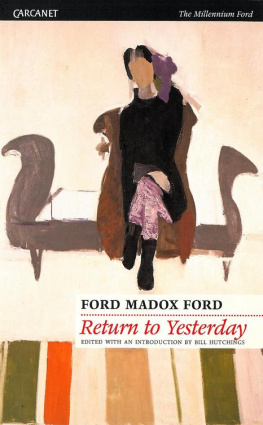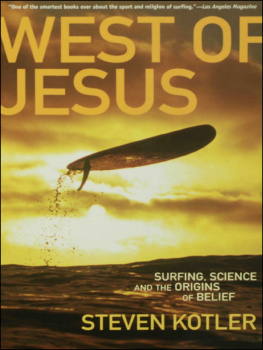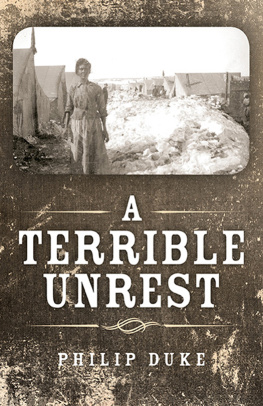William Morris, the great Victorian poet, artist, designer and social theorist, is pictured at one of his socialist meetings:
Poor William Morris with his enormous mop of white hair, luxuriant white beard and nautical pea-jacket, used to preside at these meetings of his group. [] he walked up and down in the aisle between the rows of chairs, his hands in his jacket-pockets with the air of a rather melancholy sea-captain on the quarterdeck . He disliked the violence that was creeping into his beloved meetings. He had founded them solely with the idea of promoting human kindness and peopling the earth with large-bosomed women dressed in Walter Crane gowns and bearing great sheaves of full-eared corn. On this occasion his air was most extraordinary as he fled uttering passionate sneezes that jerked his white hairs backwards and forwards like the waves of the sea. (Part II, ch. II: Farthest Left)
The Romantic idealist strides out of the room and the page like one of Joseph Conrads isolated seafarers, thwarted and brought down by human imperfection. The picture is precise, amused but sympathetic . Ford uses an apt visual point of reference to image an unworldly idealism which thinks society is an Arts and Crafts design. Morris himself is dramatised as a fallen hero from one of his beloved sagas, his hair and beard, the marks of his nautical grandeur, being transformed into the sea of human frailty in which he is drowning. The Viking captain flees the ship of state.
Return to Yesterday is full of such moments of vision. One of several volumes of reminiscences produced by Ford, the book was published in 1931 and constitutes the history of his own times, telling not only of his own experiences, but of the literary and political movements with which he had come into contact (Max Saunders, Ford Madox Ford: A Dual Life [Oxford 1996], II, 380). Morris makes a brief appearance, as recalled from the writers youth. The man who figures largest in these memoirs is the master mariner of letters himself, Conrad, with whom Ford collaborated as both were learning their novelistic trade and to whom Ford attributes most of what he has learnt about the art of the novel. Conrad is described in his early days in England:
In those early days he still had a great deal of the master mariner about him. His characteristic attitude was that, with his hands in the pockets of his coat and his beard pointing at the horizon. He strode, with the rolling gait of the quarter-deck, into a room or on to a terrace. He had the air of a Caliph entering a slave market as if he could confiscate any of the beautiful slaves or do what he would with the view beneath his eyes. He was an unexampled raconteur. If his ambition in writing was, as he has said, above alI to make you see he could in telling stories, in his dusky and affectionate tones and with his singular accent, make you see almost anything in the world. (Part I, ch. IV: Re-Agents)
That determination in the manner in which he holds his head, jaw jutting towards the horizon, that confidence in the nonchalance with which he negotiates the rolling world these are caught in Fords exact, sharp picture.
As he does so, Ford defines the very method he is using. Conrads aim above all to make you see is Fords too: seeing is not just believing, it is understanding. The essence of the character exists within the image itself, the visual and dramatic moment captured to adapt Fords own metaphor in an essay he wrote on literary impressionism as hard as a tack, hammered firmly but rapidly into place. Conrad, Ford writes later in the book, was the greatest of impressionistic writers and held that truly recorded impressions communicate impressions truer than the truest record of facts (Part III, ch. III: Working with Conrad). This, as readers of Fords own novels will know, is the method which illuminates so much of his own fictional writing. Meaning resides in the moment of vision. For example, Dowell, the narrator of The Good Soldier, retains a vivid memory of his wife walking into the baths at Nauheim, dressed in a full blue dress and broad white hat, looking back at him with a little coquettish smile and dark blue eyes: departing in blue. Fords method in his memoirs is fundamentally the same. He is seeking, he tells us, to make these people live again in your eyes (Part I, ch. II: Personae). His memories are impressions, a mental reimagining of the past translated into the immediacy of the moment. In the form of reminiscences, Ford says, the narrator should be a mirror rather than an actor in the events (Part III, ch. I: Cabbages and Queens). He is there to reflect the images made by people at their most characteristic and revealing. I am trying to re-constitute for you men that I loved (Part I, ch. IV). Like the novelist who, Ford says, must pass unobserved in a crowd if he himself is to observe (Part IV, ch. IV: Into the Depths), the writer of memoirs needs to practise self-effacement, suppressing the self in the service of the scene, the event, the moment. Return to Yesterday partakes of the quality of fictional drama, as The Good Soldier partakes of the quality of autobiographical reminiscence.
The figures parade through Fords narrative as a series of vivid representations of the cross-currents of the literary world of the late nineteenth and early twentieth centuries. Oscar Wilde is briefly but unforgettably pictured in Paris after his release from prison, penniless and miserable, haunting the bars of Montmartre, the butt of cruel apaches who victimise him and force him to give up his one possession , an ebony walking stick. Ford images the youths as starlings, tormenting that immense owl, a nightmare of unleashed natural aggression (Part I, ch. III: The Outer World). Mention of Wilde reminds Ford of an earlier incident from the time of the trial. Ford encounters Dr Richard Garnett, the Keeper of Printed Books at the British Museum, a queer, very tall, lean, untidily bearded Yorkshire figure in its official frock coat and high hat. Ford tells him the news of Wildes conviction, and Garnett replies, Then that means the death of English poetry for fifty years (Part I, ch. III). The insight, hyperbolical but wise, comes all the more powerfully from the incongruously non-aesthetic figure of the Victorian official. Or again, George Bernard Shaw is seen addressing a meeting of socialists in Hyde Park on the subject of The Foolishness of Anarchism, being heckled by a group who chant the title of his earlier essay Why I am an Anarchist:
The high skies towered above the trees of the Park; in the branches birds sang. Those fresh young voices mounted to heaven. Mr Shaws did not. Every time he opened his mouth that anthem: Why I am an Anarchist by the Lecturer. One Penny, began again. (Part II, ch. II)
Youth and nature now are the very picture of innocence and beauty, silencing the old hypocrite. Only, of course, they are not: the voices are those of children at play, but their taunts are knowing and harmful as well as true.
Many of the public figures recalled are from the literary world which Ford knew and inhabited with such relish and energy. But the second part of Return to Yesterday, from which the Shaw scene comes, is mainly about Fords memories of political groups and individuals . He remembers Victorian politicians from the time when his grandfather, Ford Madox Brown, was painting frescoes in Manchester Town Hall. For example, John Bright pays a rapid and unheeding visit to see the work:
He reminded me of the White Rabbit in Alice in Wonderland as he scuttled through the swing doors exclaiming that he was very late. But in a silver and pink way he was very beautiful, with his long white hair and high coloured cheeks. (Part II, ch. II)
The pretentiousness of the politician is wonderfully caught here through the looking-glass of youthful perception. And a magical balance remains: Bright is reduced in the analogy, but somehow comes up, well, bushy-tailed. He may be less important than he thinks he is, but he is rather cute not something one can say for many politicians. Other political figures are put down in equally delicate ways. Ramsay MacDonald is the type of the journalist who must be able at the shortest notice and with the scantiest of knowledge to identify himself with anybody or anything (Part II, ch. II). This says in a few words what weighty biographies take pages to say about politicians and principles, and yet who, least of all Ford Madox Ford, professional man of words and writer on all kinds of subjects, would wish to condemn utterly such a talent?








